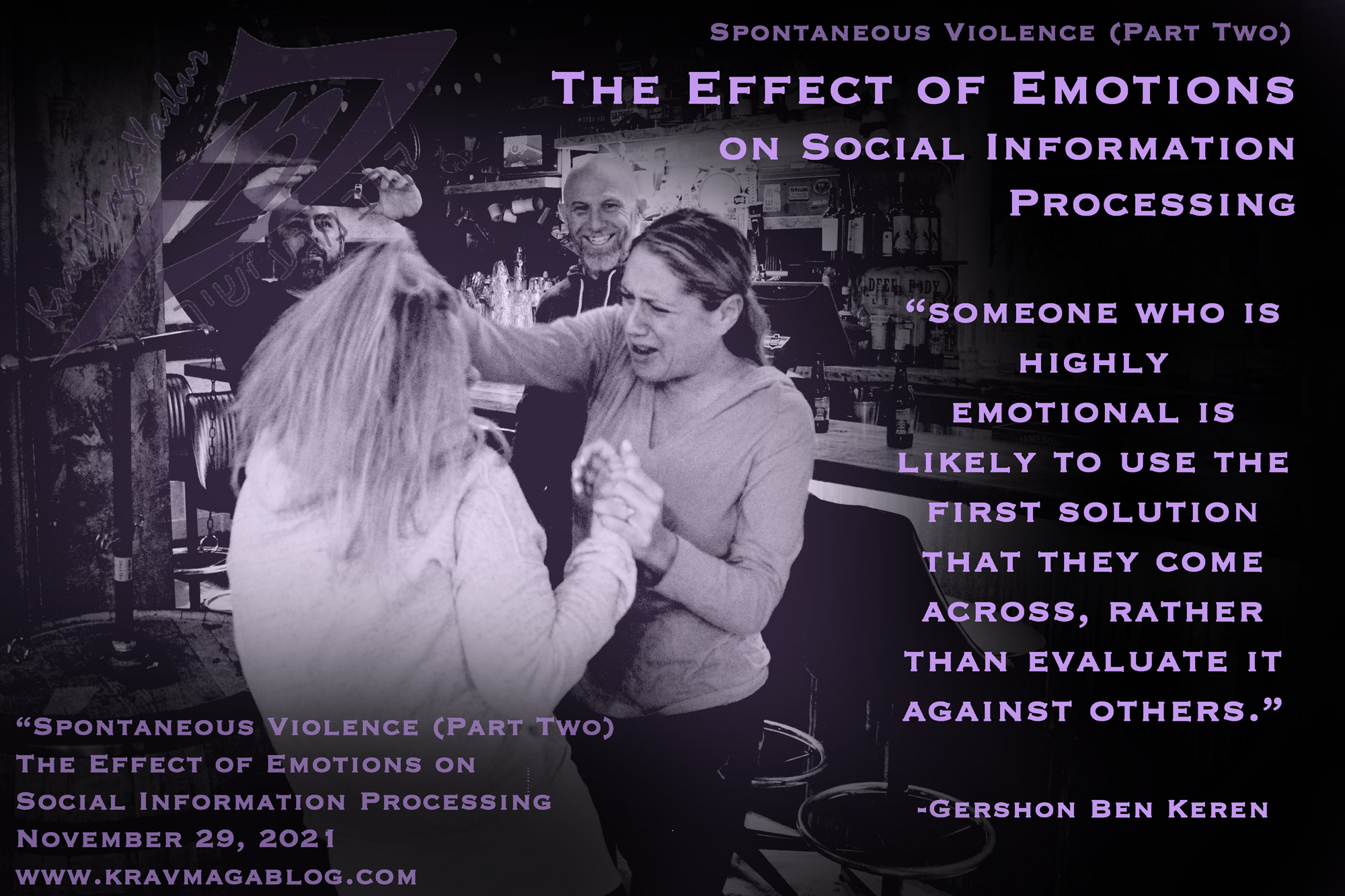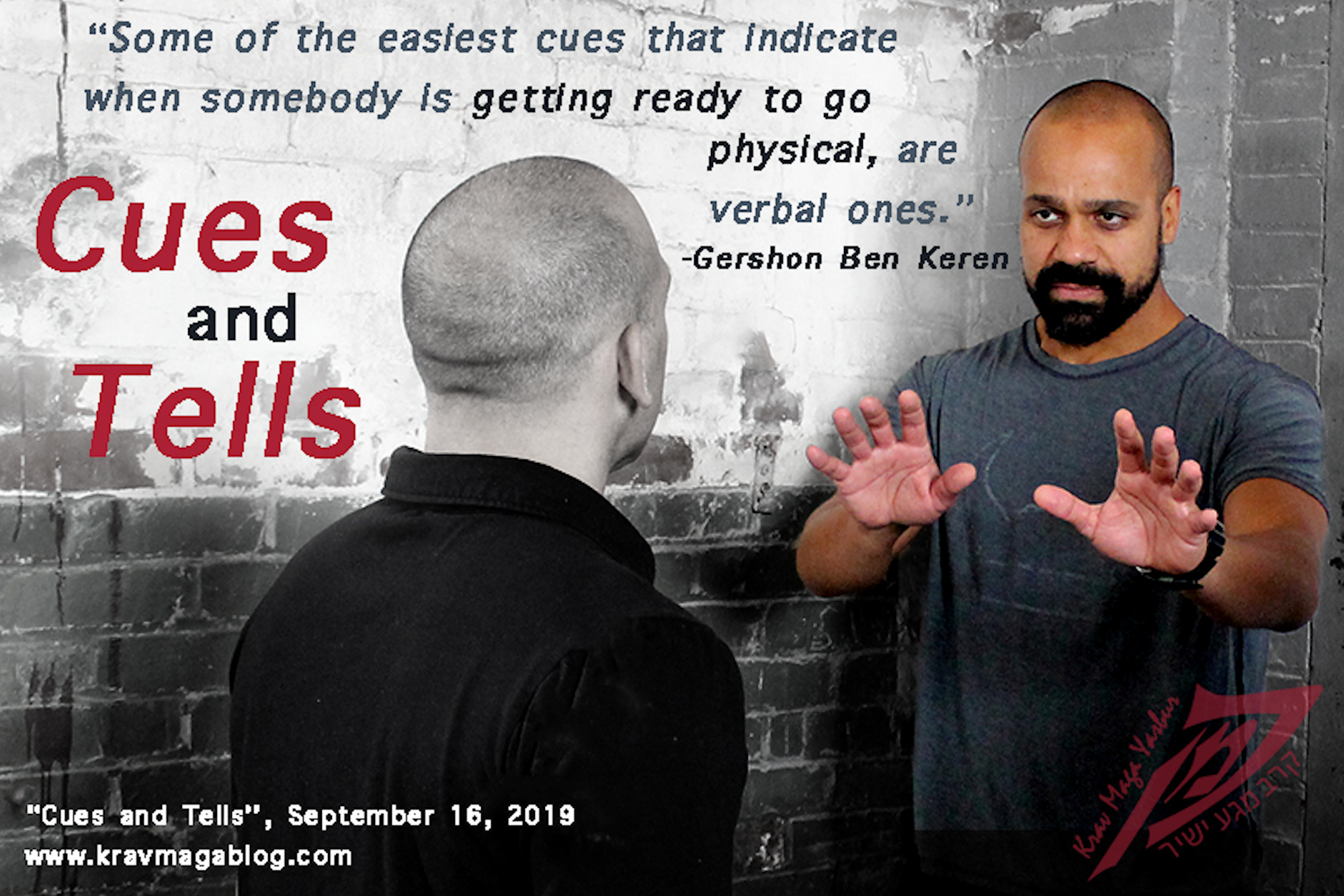Scams, is an article written by Gershon Ben Keren, a 5th Degree Black Belt in Krav Maga, who teaches Krav Maga in Boston, MA. He has also authored three Amazon best-Selling Books on Krav Maga.
When I first received an email from a Nigerian prince, with a ridiculous story about him needing to get $300 000 out of his country, and that if I helped him, I would be entitled to get a cut etc., I clicked trash, and thought to myself - who would fall for that? Then the stories started to come out about people who had fallen for this exact, or similar scams. I recall the account of one individual, who after weeks of back-and-forth by email had ended up travelling to Paris to meet the people he’d been dealing with. He was shown into a hotel room, that contained several suitcases packed with bundles and bundles of banknote-sized papers that had been painted black. After being told they’d been painted this way to help smuggle them into France, and that the bottles of fluid next to the suitcases would easily clean them, the man -after a quick demonstration - handed over his bank details. He spent the next few hours in a hotel room applying the solution to the bundles of paper, hoping that at least some of them would be genuine banknotes. Of course, none of them were. It would be easy to judge this individual for being foolish and gullible, and falling for something that we never would, however, to do so would be to disacknowledge our own blind spots – and we all have them. The “Nigerian Prince” scam wasn’t targeting people like me (and if you never fell for it, you), however this doesn’t mean we aren’t susceptible to being scammed, we’re just not susceptible to this scam. In this article I want to look at some of the warning signs of scams, where they may not be so obvious, and how we can protect ourselves and our assets (I include family members, information etc., as well as financial assets).
In 2008, Bernie Madoff was arrested after admitting to family members that his investments had all been a lie, and that he’d in fact been running a giant Ponzi scheme. The judge sentenced him to 150 years partly on the basis of victim accounts, including that of an 86-year-old widow who recounted how Madoff had assured her that her money was safe with him – she lost everything. Madoff’s Ponzi scheme, although working off the same premise as the original 1920 scam, whereby existing investors were paid out dividends from the money of new investors etc., was a little more subtle. Instead of offering ridiculous payouts that would fall into the “too good to be true” category e.g., an annual return of 35% year-on-year etc., Madoff’s scheme offered a return of 8-12%. A good return but one which someone could convince themselves was plausible. The Nigerian Prince scam is something that promises so much that it will only attract a few people (which is all it needs to work), whereas Madoff’s scam was much more “realistic” in what it promised in return. This made it far harder for those he targeted to spot that they were being scammed. However, one warning sign was that year-on-year, there were never losses or shortfalls in payments to investors. The “consistency” with which people were paid was the “too good to be true” element of his scam. In fact, month-on-month the investment portfolio he “created” never lost or went down. This is something which is highly unrealistic, however if you are still being paid the return you were promised then there is little reason to question things e.g., it is normally the unexpected, not the expected that we question. Most Ponzi schemes aren’t on the scale of Madoff’s, involving amounts averaging about $200 million, with a life-expectancy of under five years, with the perpetrator(s) (mostly solo-operators) taking around a third of all money invested. Many of these schemes are run over the internet, and marketed visibly, making them appear legitimate. Whilst some will promises amazingly high yields, the best way to check their validity is by checking their histories e.g., do they seem to defy the markets.
Most scammers don’t have a complete picture of those they target. They will take specific pieces of information that they do have and get us to focus on them. Many years ago, in the UK there was a sexual predator who would check local newspapers that printed photographs of school teams and matches. He would then look for children with more unusual last names and go through the phone book, attempting to identify the phone numbers of the houses where they lived. Making a list of these, he would go to a phone box/pay phone, during a school day, and start working down the list. He was looking to contact mothers who stayed at home during the day/didn’t work. When someone would pick up the phone, he’d get them to confirm that they were the mother of one of the children from the paper, and inform them that he’d abducted them, and unless they followed his orders, he would hurt them etc. A large part of his plan relied on a panicked parent believing that they were on a time-constraint, and that they didn’t have time to call the school or the police. This is a common indicator of a scam: that the window of opportunity is limited whether it is to receive a benefit or experience harm etc. The mother would then be ordered to a local park/recreation ground, and told to strip and masturbate, whilst he watched them. Armed with just a few pieces of information – a child’s name, and a vague description – he was able to get those he victimized to follow his orders. Fortunately, he was caught after someone spotted a man in a phone box/pay phone watching/observing a woman he’d targeted. With social media we present so much more information than a school soccer team’s photo in a local newspaper, however there is always information about us that others don’t know. If an individual seems to be focusing on a few details that could be available publicly and doesn’t know much beyond this, then it’s right to start questioning what they actually want.
With the advent of AI, scams are only going to become more sophisticated, and so our means of detecting them are going to have to become more involved e.g., it is possible to clone a person’s voice from a video that is put up on social media etc. A scammer can now call you and have a conversation pretending to be a friend or a family member, asking for help or to meet you somewhere etc. It is going to become more important to have “proof of life” style questions that will need to be asked to make sure the “person” you are talking to is who they say they are. It’s not always easy to spot the “too good to be true” element of a scam (and in certain cases that part may mean you aren’t the intended target e.g., Madoff targeted those who wanted a good consistent return over time, not those wanting to get rich quick). However, taking a moment to gather more information, and assessing the information another person has is a good way to start looking at how things may be presented to us.
0 COMMENTS















